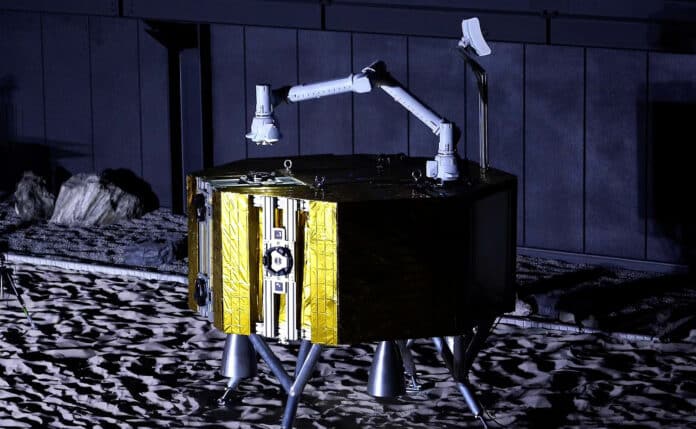Japanese startup GITAI has been selected by the Defense Advanced Research Projects Agency (DARPA) for a lunar infrastructure development study.
The 10-Year Lunar Architecture (LunA-10) capability study aims to rapidly develop foundational technology concepts that move toward a series of shareable, scalable systems that interoperate and optimize lunar infrastructure. The seven-month study will include both lunar providers and users. It will seek to establish an analytical framework that defines new opportunities for rapid scientific and commercial activity on and around the Moon through collective infrastructure investments and also identifies related technical challenges.
“LunA-10 has the potential to upend how the civil space community thinks about spurring widespread commercial activity on and around the Moon within the next 10 years,” said Dr. Michael “Orbit” Nayak, program manager in DARPA’s Strategic Technology Office. “LunA-10 performers include companies both big and small, domestic and international, each of which brought a clear vision and technically rigorous plan for advancing quickly towards our goal: a self-sustaining, monetizable, commercially owned-and-operated lunar infrastructure. We’re excited to get started and to share results with the lunar community at large.”
GITAI’s winning proposal for the LunA-10 program revolves around a concept for the deployment of modular, multi-purpose Inchworm robots equipped with tool-changeable end effectors to conduct lunar surface labor. The robot can perform various lunar surface tasks, such as construction, maintenance, and adaptation, without unnecessary duplication.
This innovative idea matches the LunA-10 program’s goal of creating a framework that supports efficient, scalable, and sustainable commercial lunar activities.
GITAI emphasizes the importance of considering infrastructure and labor together from the architecture level, ensuring co-optimal solutions. By focusing on multi-purpose robotics and collaboration with other LunA-10 team members, GITAI intends to pioneer a transformative approach to lunar development.
GITAI is set to launch the ‘GITAI S2’ to the ISS in early 2024; which is a robot distinct yet technologically akin to the Inchworm robot. In the future, GITAI’s robots will act as versatile nodes to enhance, streamline, and combine activities on the moon. Through a Robotics-as-a-Service (RaaS) model, GITAI plans to allow users to realize their lunar ambitions without intricate planning or upfront investments.
GITAI is committed to achieving total life-cycle optimization in lunar infrastructure development. The company is eager to define the future lunar critical mass point from a labor perspective, ensuring maximum efficiency of multi-purpose robotics in lunar infrastructure tasks.
“We’re both humbled and thrilled to be chosen,” said GITAI found and CEO Sho Nakanose as a part of the company’s LunA-10 announcement. Nakanose sees the company’s mission as being about more than just robotics. “It’s about forging a new era of lunar infrastructure. Our innovative approach, leveraging modular robotics, is a catalyst for reshaping how we envision the moon.”
